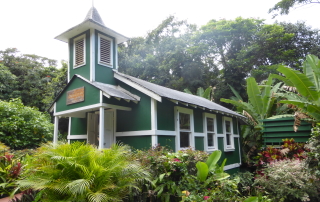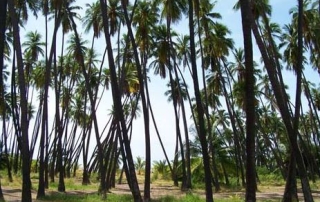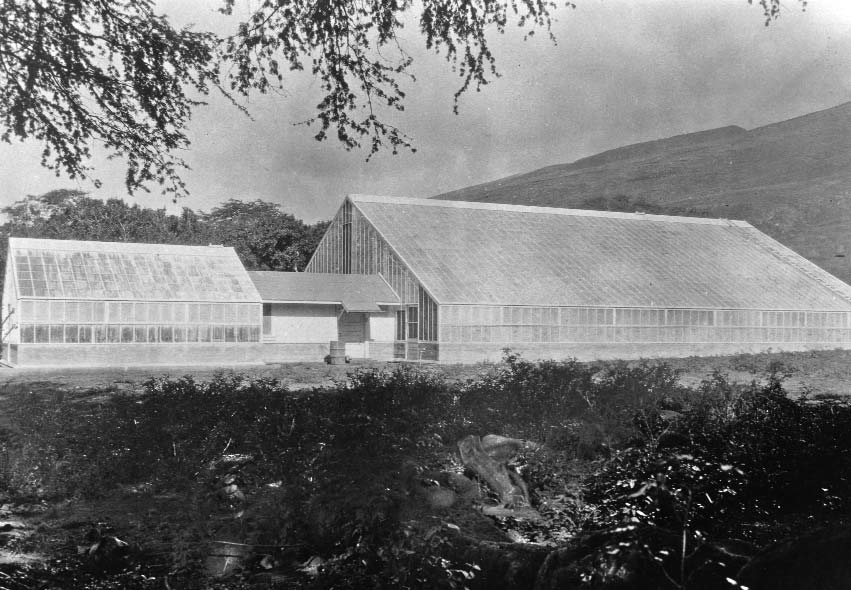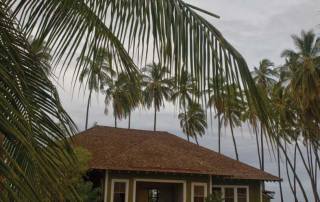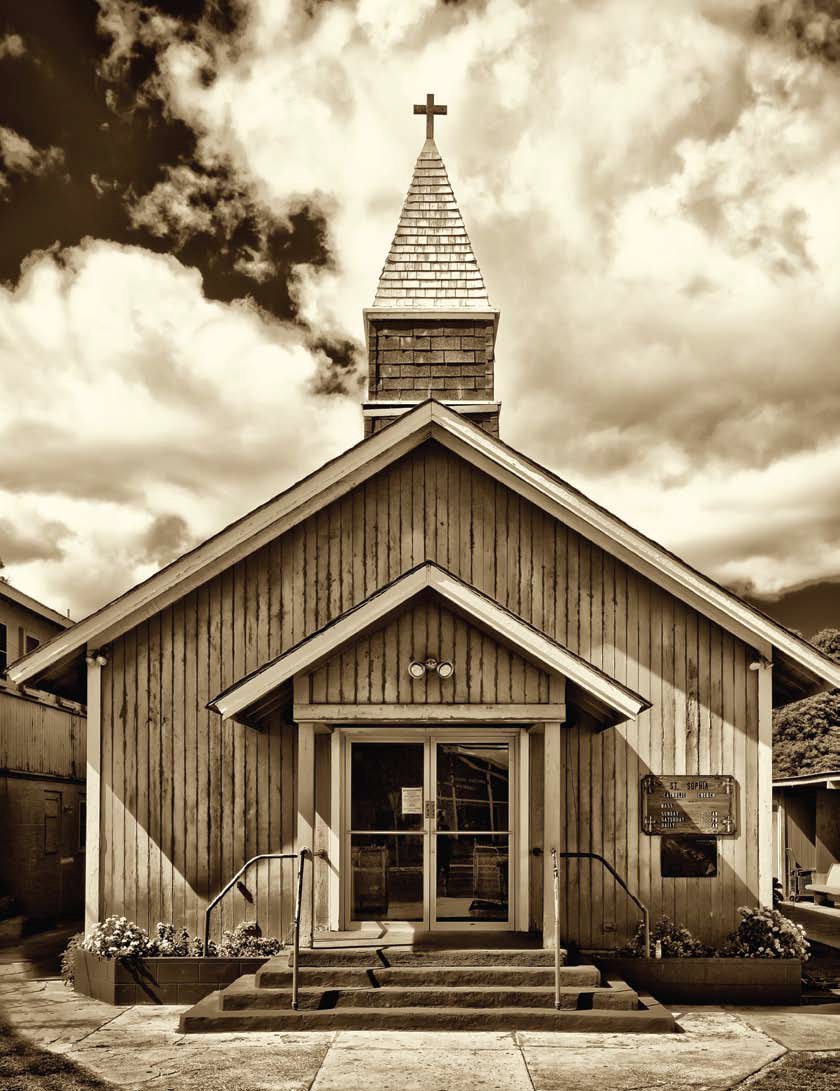Ierusalema Hou Church (2015)
Article Written By: Katrina Valcourt, HONOLULU Magazine What are they? This is the only church in remote Hālawa Valley, and its members used to travel almost 30 miles for services each week. It’s a cute, tiny building, built by the current members’ grandparents in 1948. It’s also a popular tourist stop but doesn’t currently hold services, for safety reasons. What threatens them? Dry rot and termites have done major damage to the building. The congregation wants to rebuild it but discovered the land the church sits on is actually owned by someone else. “Four and a half years ago, the owners of the ranch said we could have the land free of charge,” says Pastor Rey Ayau. But, because of rules and regulations regarding Special Management Area properties, Ayau says they are not allowed to subdivide it. “We’re not a shopping center or high-rise, just a little church minding our own business.” They’re not ready and willing to accept donations to rebuild until they hold the land title and can actually move ahead. However, Maui County planning director William Spence says SMA properties are allowed to be subdivided; the church just hasn’t submitted the paperwork. What can be done? According to Spence, the church needs to get a survey of where the land is to be subdivided, which will be reviewed by the Office of Conservation and Coastal Lands, and it needs to get an SMA permit approved by the Moloka‘i Planning Commission. Ultimately, it’s up to the County to decide. After meeting with the landowner, Ayau, attorneys and others a few months ago, “We pretty much tried to clear the way so they could go ahead and subdivide. We didn’t see any insurmountable hurdles,” Spence says. He says they’re willing to work with the church to get the proper forms filled out so the members can rightfully own the land and rebuild, but no one has approached them for help. The ball is [...]


